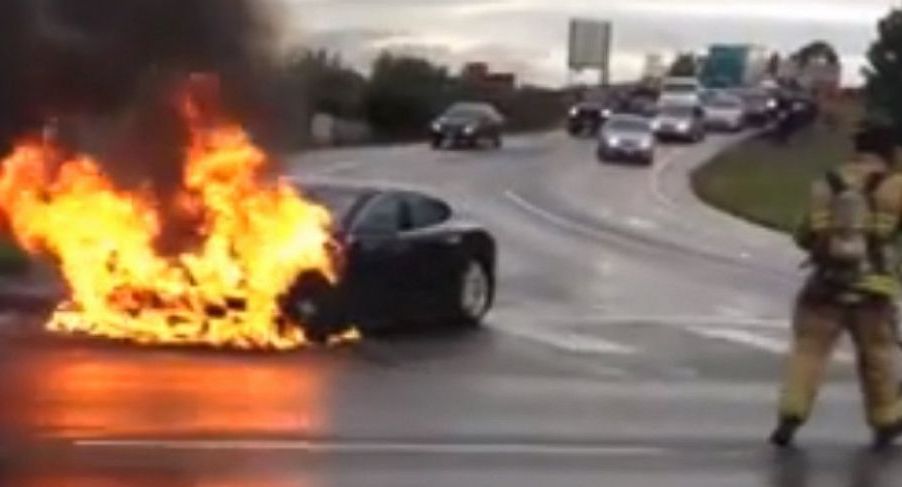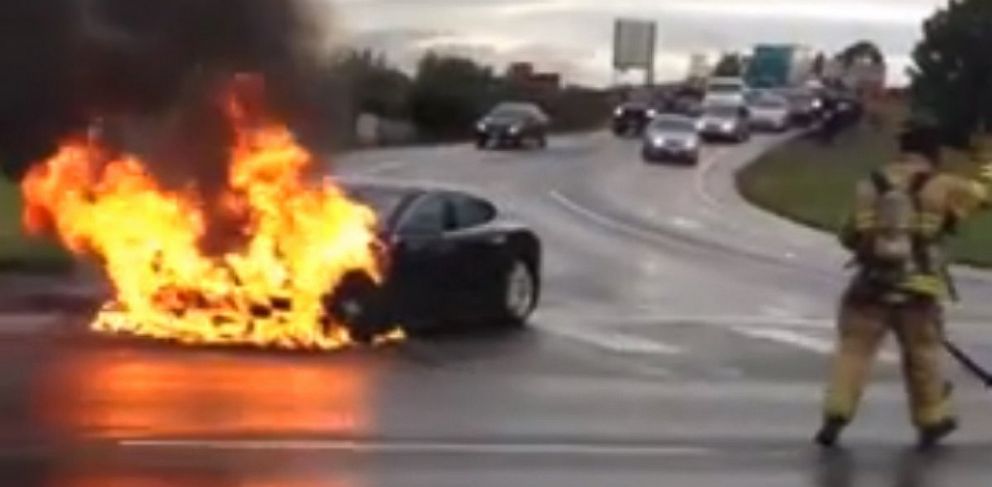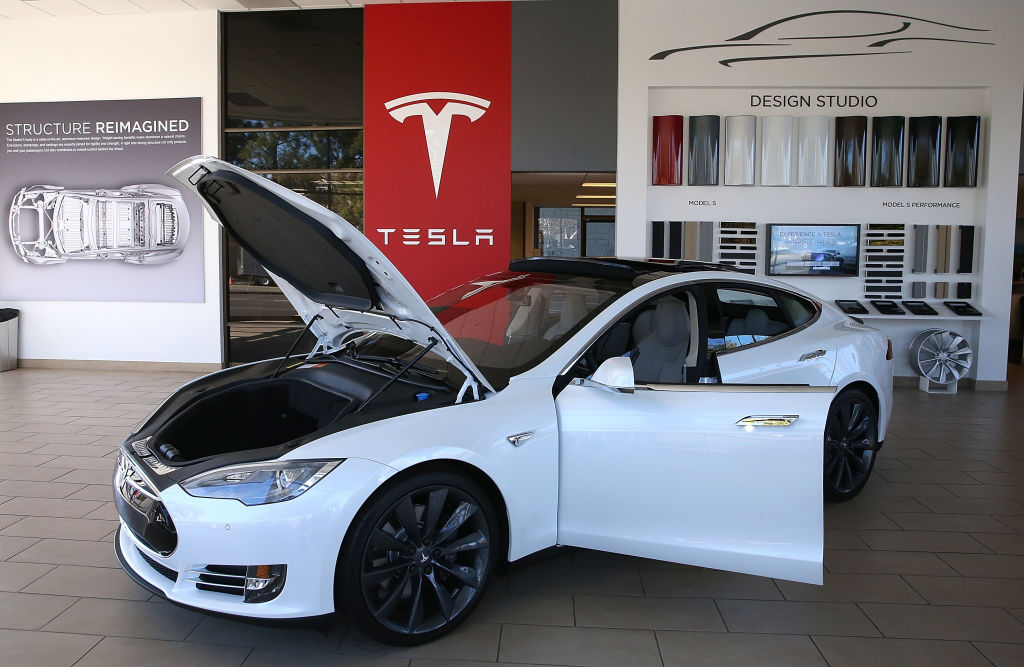
Are There Too Many Tesla Model S Fires To Hide?
An article in Business Insider with plenty of backup reports and other data says Tesla has known for years that it had battery pack coolant leaks. Once the coolant is dried out it causes fires. Author Linette Lopez has the backup of specialists, internal emails, and two analysis reports initiated by Tesla. Some of the evidence presented involves updates that Tesla instituted that capped voltage in battery cells. This was prompted by the fire of a Model S in Shanghai, China. Are there too many Tesla Model S fires to hide?
After the Shanghai fire and subsequent updates, Tesla said these changes were meant to protect the battery pack. The result was that owners lost both range and supercharging speed. A lawsuit by David Rasmussen asks if the voltage cap had nothing to do with safety, why do it? The National Highway Traffic and Safety Administration is investigating the claims to determine if Tesla’s OTA updates were issued to hide the fires.
The NHTSA says there is “an alarming number of car fires worldwide”

Most of the fires involving Tesla, and there are quite a few although numbers vary, were due to crashes. But some are labeled as spontaneous fires. These are the ones where according to the letter are “high-voltage battery fires that are not related to collision or impact damage to the battery pack.”. The NHTSA said in a letter to Tesla deputy general counsel there is “an alarming number of car fires occurred worldwide.”
Business Insider says the two company reports focussed on the “end fitting of the cooling coil.” Both companies; IMR Labs and Exponent Failure Analysis Associates, independently determined the fittings were prone to cracks. However, she does not show the evidence these two companies concluded or images from the reports.
While Lopez lists sources for some of the material if images or reports were revealed it might identify some sources that either don’t want to be named or legally can’t. If Tesla hired the consultants for the reports then they own them. Due to client confidentiality, engineering companies can’t reveal the contents. And Tesla wouldn’t provide them if they reveal proprietary information or might possibly incriminate the company.
Senior management was notified after it was termed “a critical quality issue”
By mid-2012 Tesla was finding that leaking coils continued to be a problem. Senior management was notified after it was termed “a critical quality issue.” On the assembly line, management found that workers sometimes used hammers on the end fittings of the battery packs. Former Tesla employees told of end fittings being forced together as production began rising just to keep up.

As 2012 closed, inspectors looked at every Model S checking specifically for leaking batteries. So some Model S sedans never made it out of the production facility before leaking occurred. It is unknown when Tesla made changes to the leaking fittings. In the wake of this, the NHTSA has conducted interviews with almost everyone connected with the engineering and development of the Model S.
Besides interviews, the NHTSA is scouring forums and complaints fielded by zone representatives, dealers, or independent repair facilities. Tesla’s response is that all of its products have achieved the lowest overall probability of injury of any vehicle ever tested by the US government’s New Car Assessment Program. You can read more from Tesla about its safety record.



